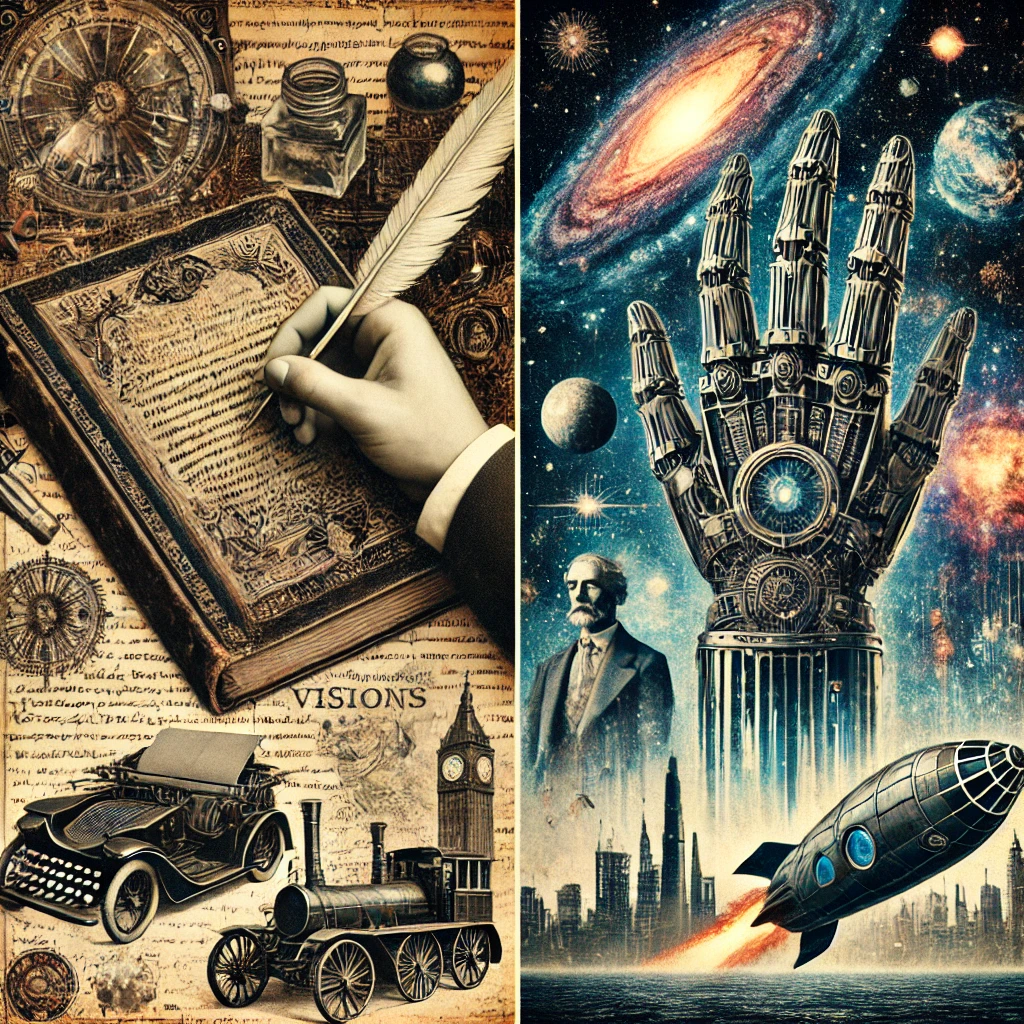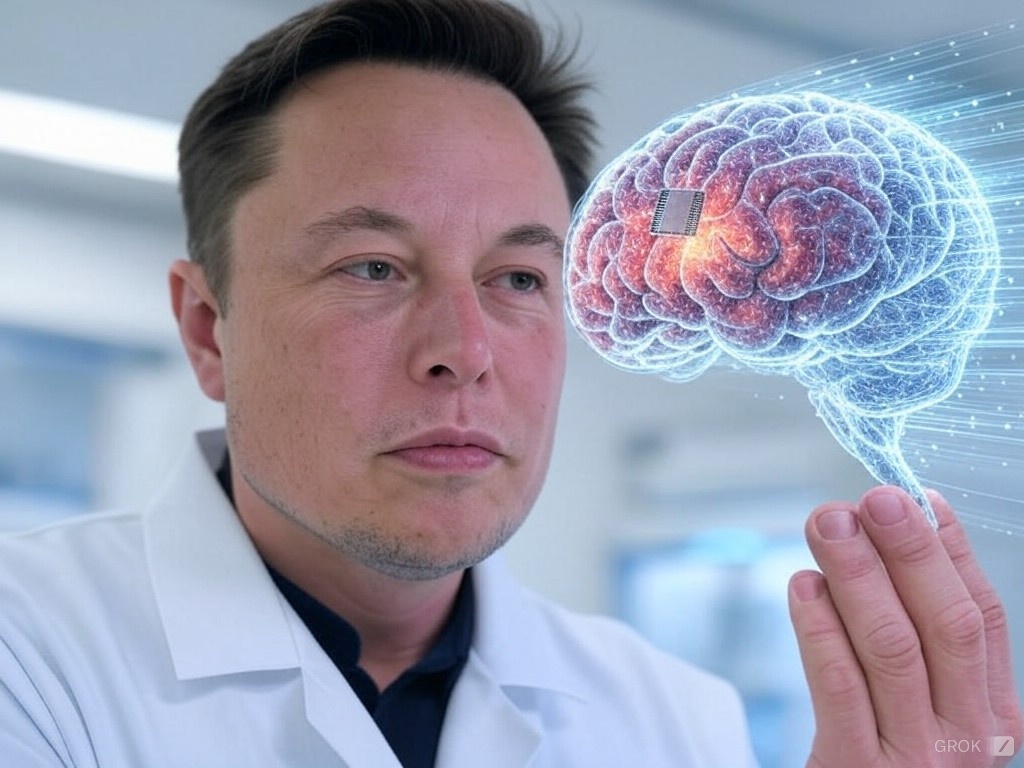From the depths of their imaginations, several authors have uncannily predicted technological advancements and societal changes long before they became reality. This phenomenon showcases the profound impact literature can have on innovation and highlights how visionary fiction can precede and inspire real-world science and technology. Among these prophetic writers, Jules Verne and Isaac Asimov stand out as luminaries whose writings anticipated inventions and developments that define modern life.
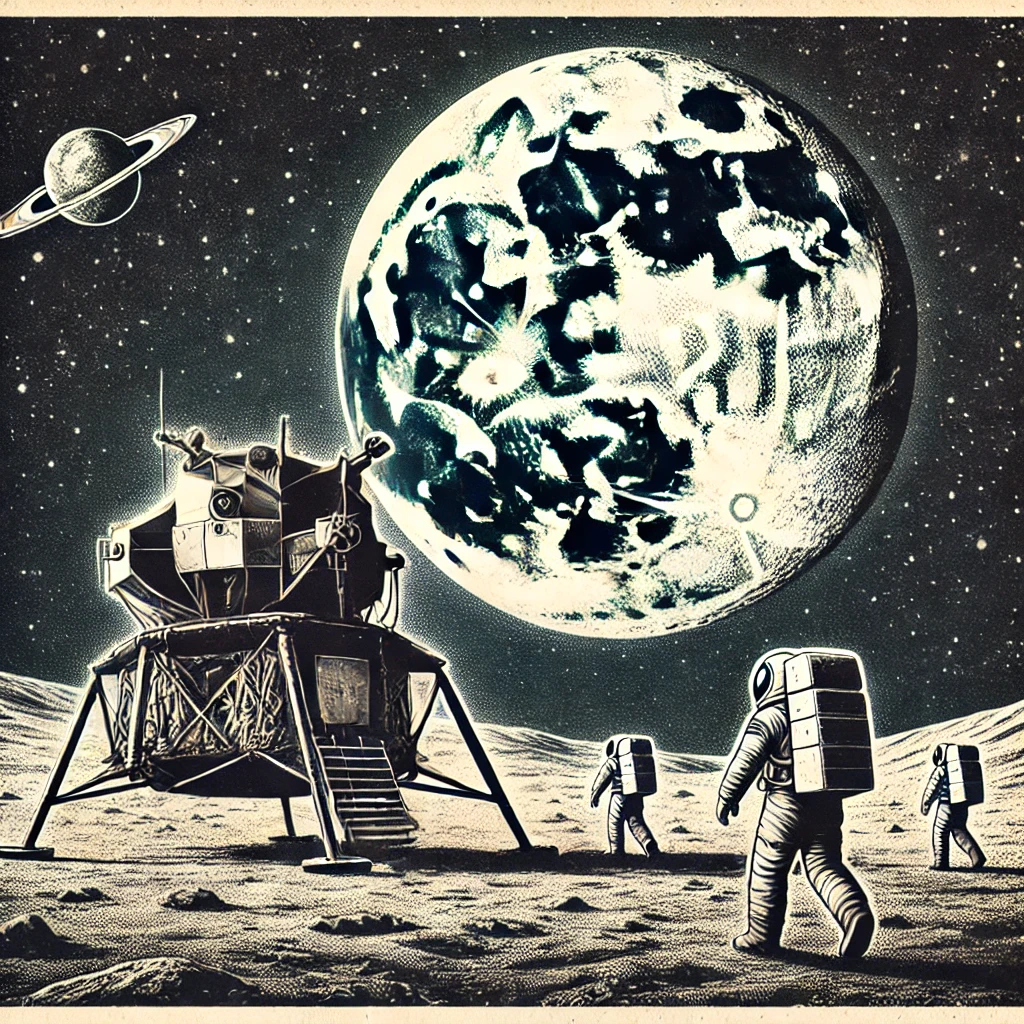
Jules Verne, often referred to as the father of science fiction, penned novels that forecast numerous technological advancements. In his 1865 novel, “From the Earth to the Moon,” Verne described a manned lunar mission that eerily mirrored the Apollo 11 spaceflight a century later. His vision included details about the size and shape of the spacecraft and the use of retro rockets for landing, both concepts integral to the actual space missions conducted by NASA.
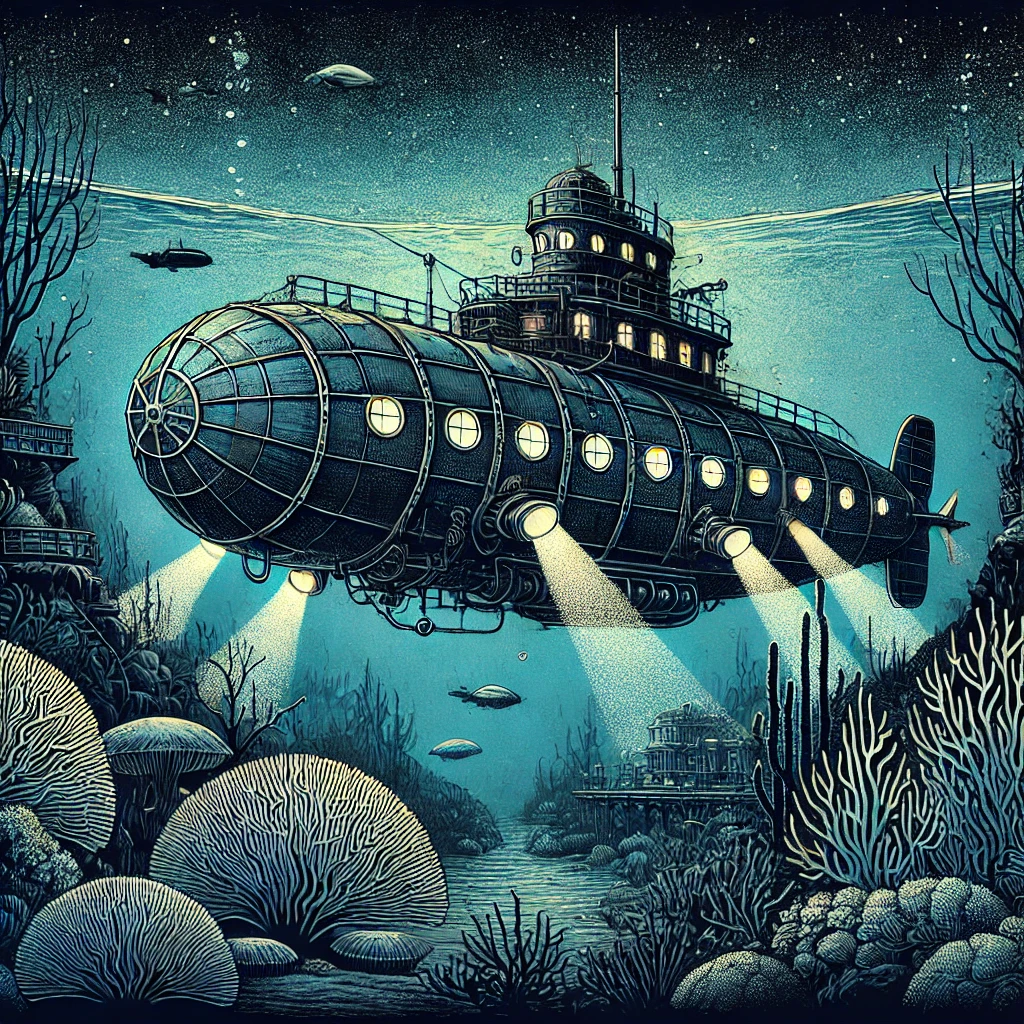
Moreover, Verne’s “Twenty Thousand Leagues Under the Sea,” published in 1870, introduced readers to the Nautilus, a submarine that could perform feats akin to modern nuclear subs. Before the real-world implementation of similar vessels, Verne had conceptualized features like electric propulsion and underwater breathing systems, showcasing his remarkable foresight. Additionally, in “The Mysterious Island,” Verne hints at the destructive power of nuclear weapons through his creation of a substance called “pyroxyline,” capable of leveling cities with its explosive power, predating the real-world development of nuclear weaponry.
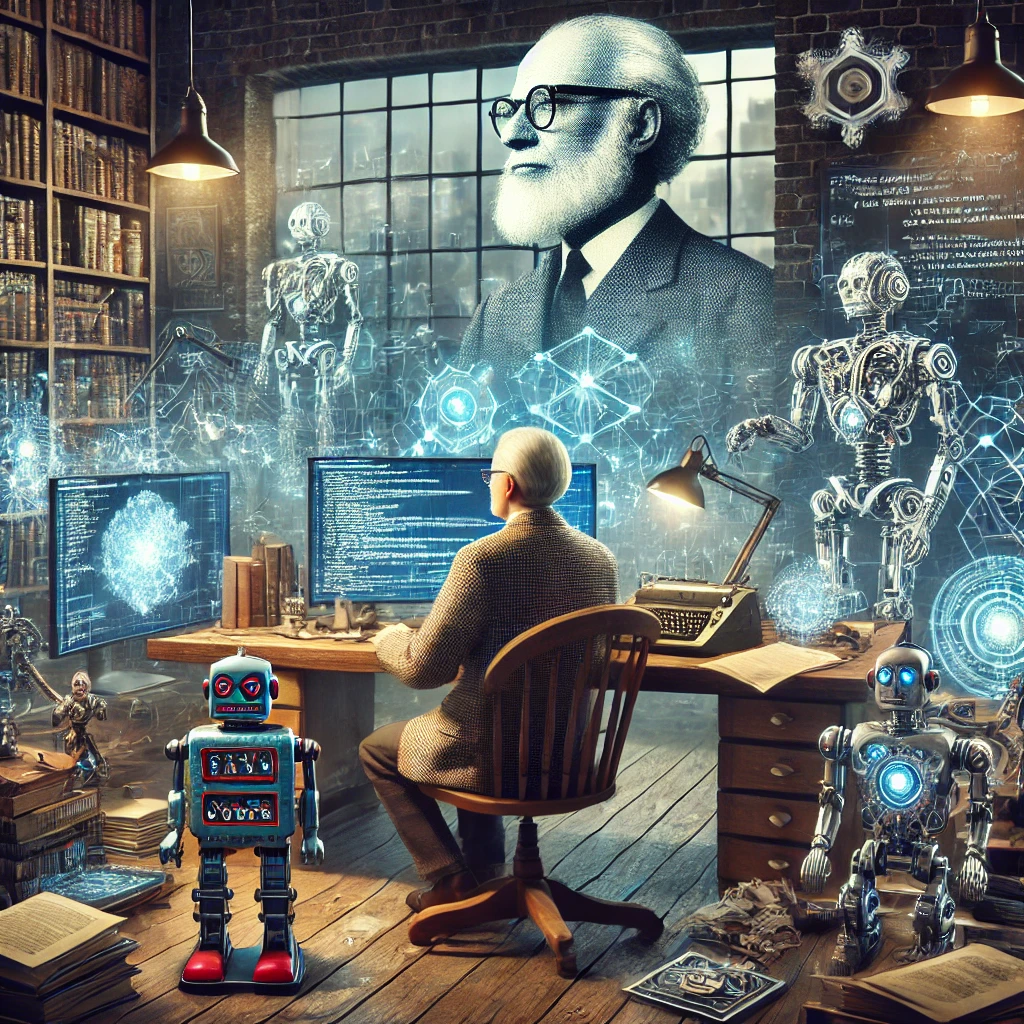
Isaac Asimov, another towering figure in science fiction, is renowned for his forward-thinking ideas, particularly regarding robotics. His 1950 collection of short stories, “I, Robot,” formulated the now-famous Three Laws of Robotics which have influenced real robotic engineering and artificial intelligence ethics. Asimov envisioned a future where robots were integral to daily life, an idea that aligns closely with today’s use of AI and robotics in various industries.
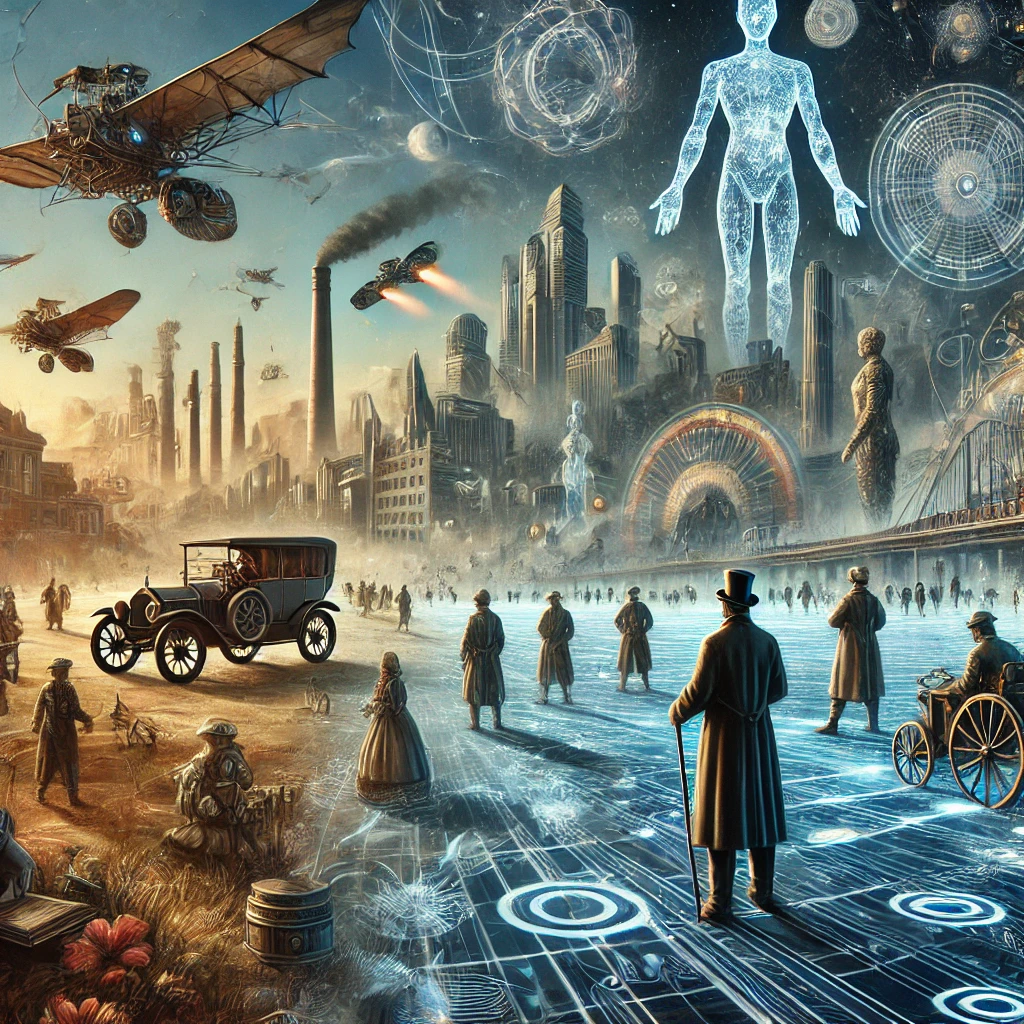
Asimov also speculated about the societal impact of autonomous technology and AI, exploring themes of dependency, ethics, and the evolution of society alongside technology. His predictions continue to be relevant as we navigate the ethical landscapes of AI and robotics.
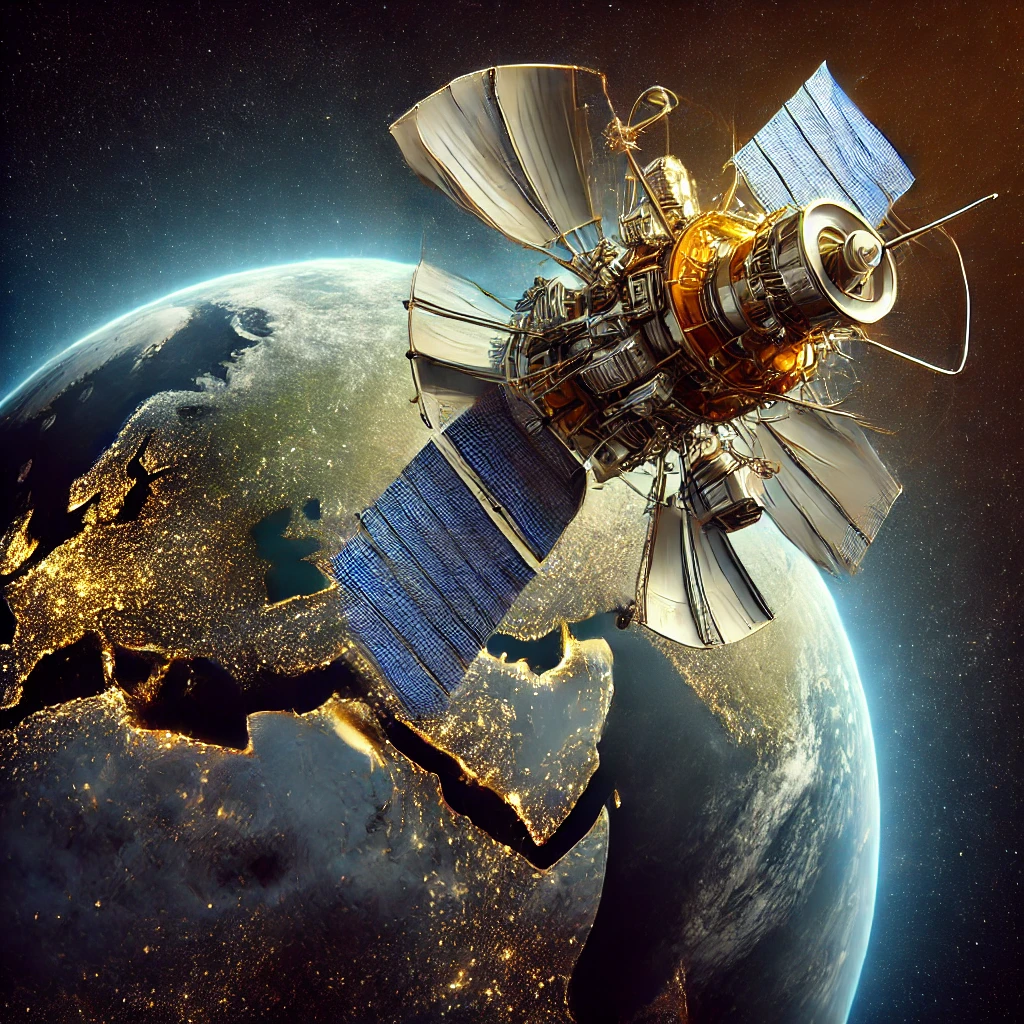
Arthur C. Clarke, a contemporary of Asimov, not only wrote about satellite communication in his 1945 article “Extra-Terrestrial Relays,” but his concept directly inspired today’s satellite-based communication systems, including GPS technology. Clarke’s idea that geostationary satellites could be used for global communication was revolutionary and laid the foundational principles for modern telecommunications.

Ray Bradbury’s 1953 novel “Fahrenheit 451” envisioned earbuds and immersive multimedia home environments, which resemble today’s earphones and virtual reality setups. Bradbury’s insight into media consumption and its societal effects highlighted concerns about technology and human interaction, issues that are increasingly relevant today.
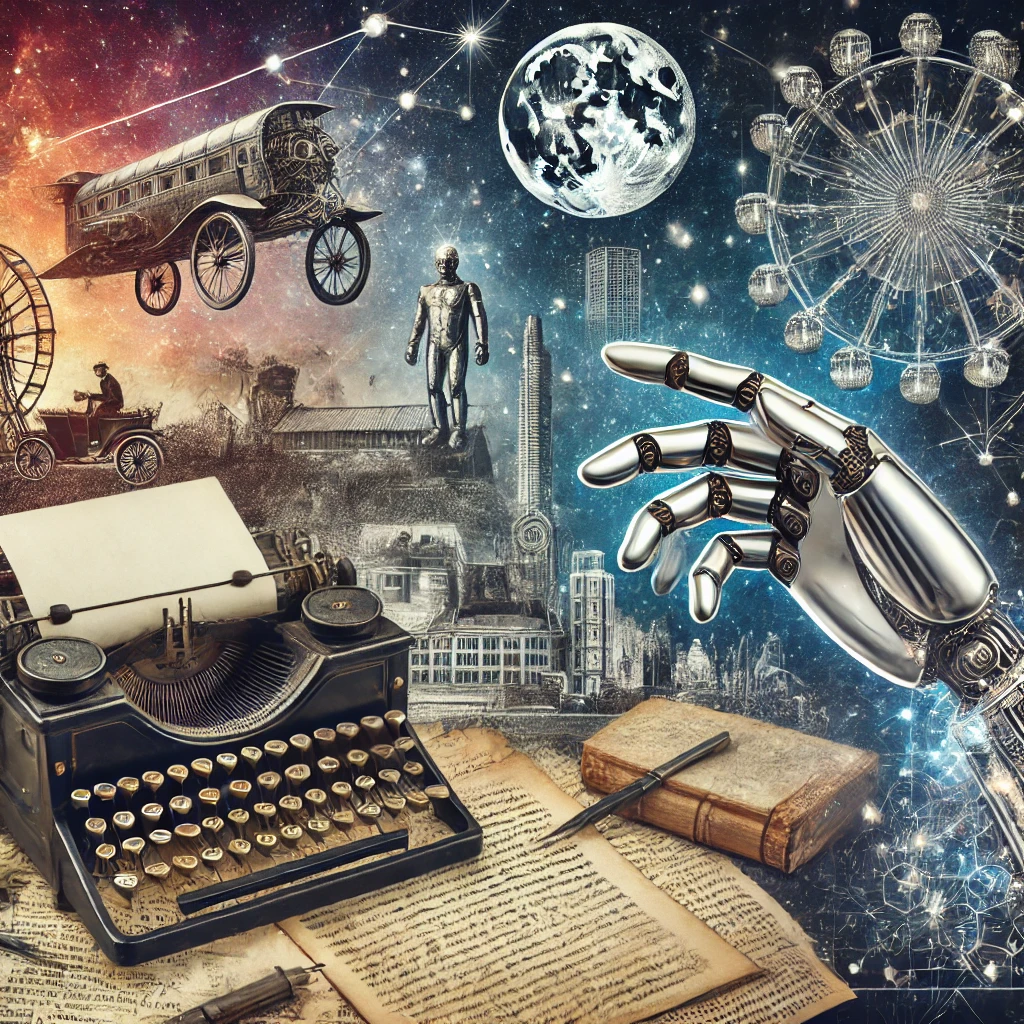
These authors, through their speculative narratives, have played a unique role in shaping and foreseeing technological advances. Their works serve as a testament to the power of imagination and its potential to transcend the boundaries of the present to predict and inspire the creations of the future. As society continues to evolve alongside technology, the visions articulated by these literary figures provide both a mirror and a roadmap, reminding us of the profound connection between human creativity and technological innovation.

